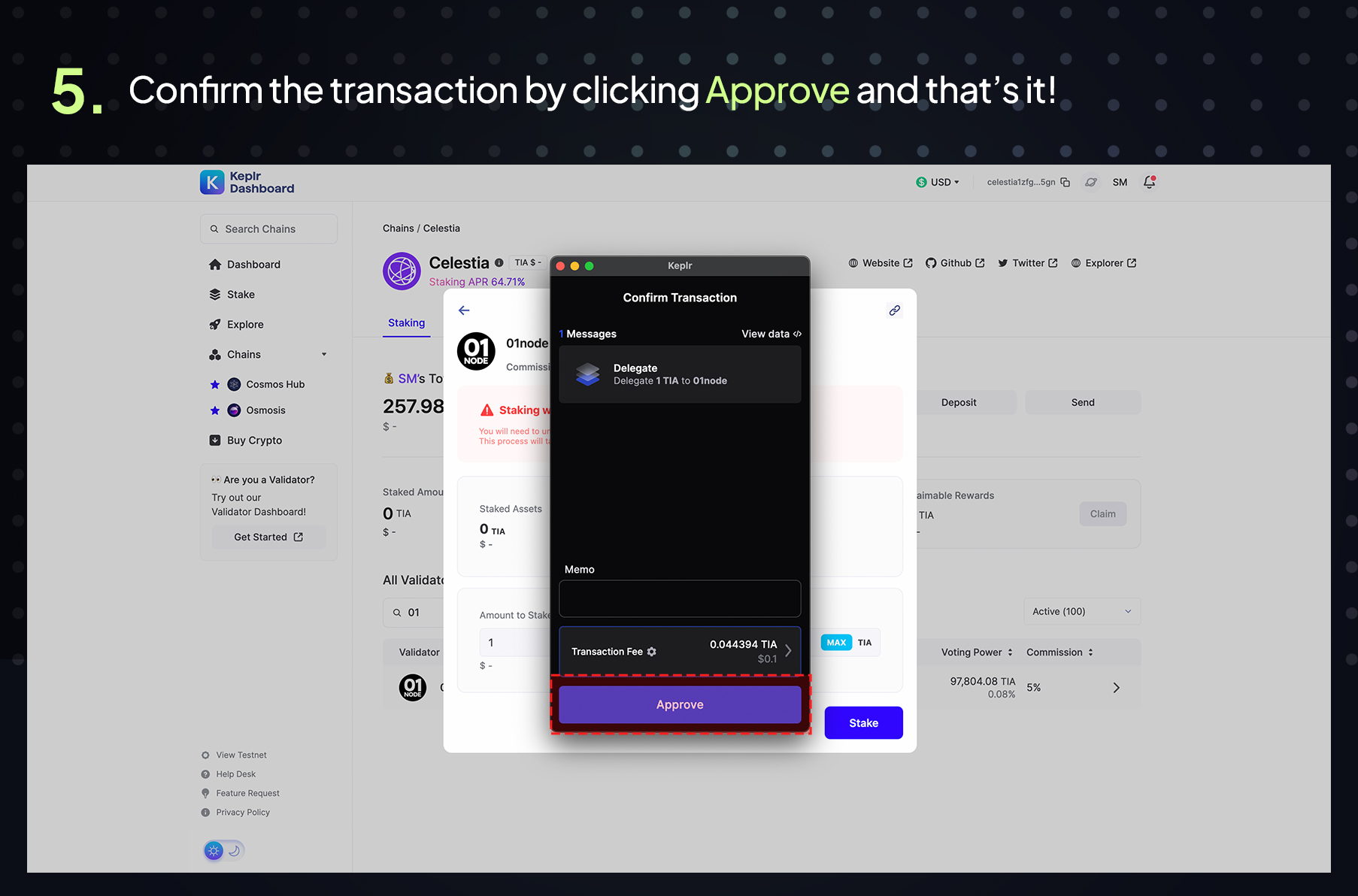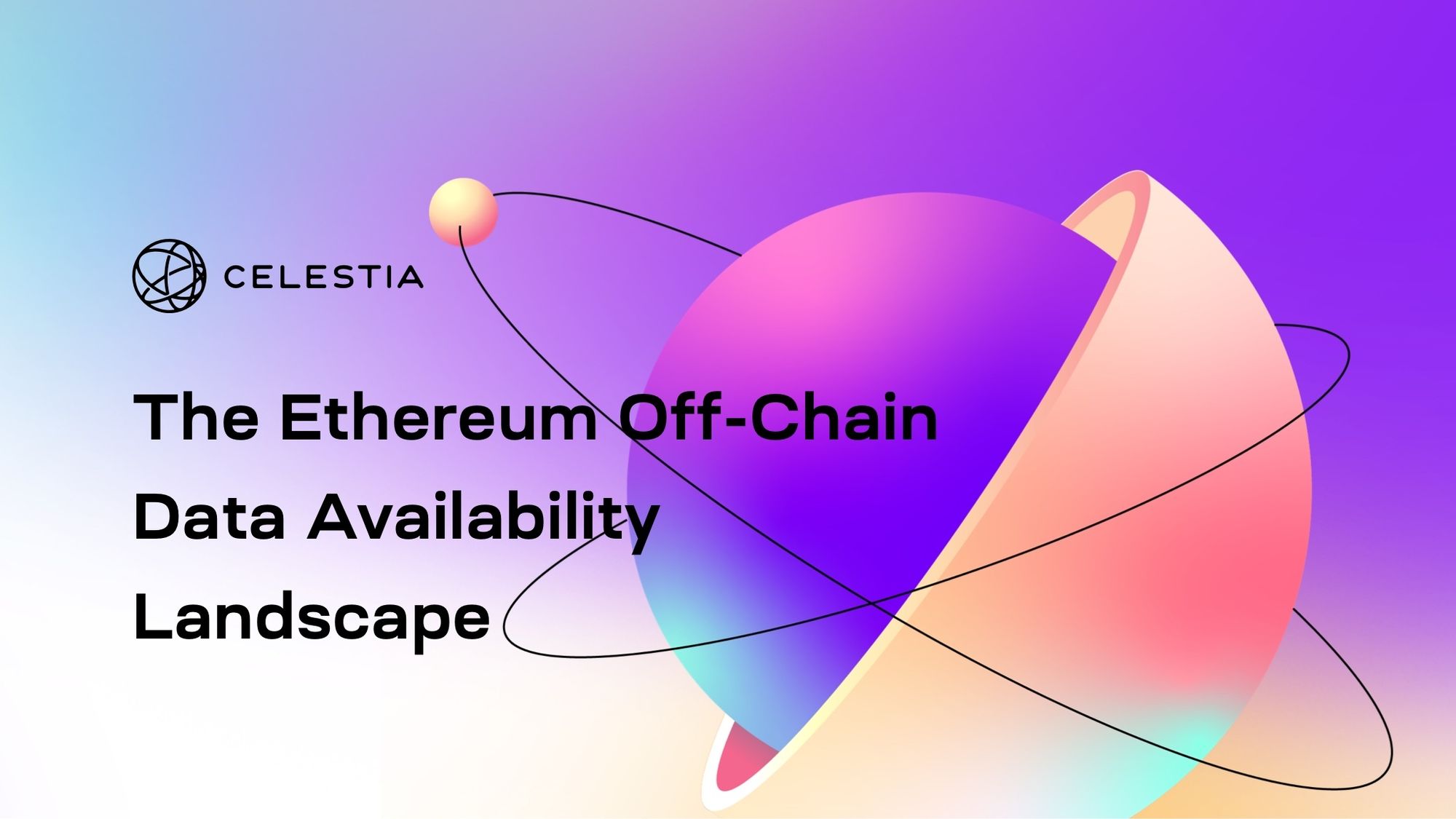Predicting Blob Saturation: Will Increased Rollup Adoption Impact Blob Pricing?

As the modular blockchain landscape matures, blob saturation prediction has become a critical topic for developers and investors alike. With rollup adoption accelerating across both Ethereum and Celestia, the question is no longer whether data blob demand will rise, but how this surge will impact blob pricing and network sustainability. This article examines the latest market data, analyzes the effects of recent protocol upgrades, and explores what the future may hold for Celestia’s blobspace market.
Rollup Adoption: The Driving Force Behind Blob Demand
The rollup-centric roadmap for scaling blockchains has made blobs – compact, verifiable chunks of off-chain data – a key resource for Layer 2 networks. As rollups like Base, Optimism, and Arbitrum compete to offer lower fees and faster settlement, their reliance on affordable data availability (DA) solutions continues to grow.
Celestia’s approach stands out in this context. With DA fees for a typical rollup transaction at just $0.00002 and storage costs around $0.08 per MB, Celestia remains roughly 1,000x cheaper than Ethereum’s EIP-4844 implementation (Celestia Forum). This pricing advantage has attracted a wave of new rollups to Celestia’s ecosystem – but it also raises questions about future saturation as adoption accelerates.
Pectra Upgrade: A Case Study in Blob Market Dynamics
The recent Pectra upgrade on Ethereum provides a valuable lens into how protocol changes can temporarily alleviate blob pricing pressures. By increasing the network’s blob capacity from 3 to 6 (target) and up to 9 (maximum) blobs per block, Ethereum saw daily blob purchases by rollups rise from approximately 21,200 to 25,600 – a 20.8% increase. Despite this uptick in usage, average blobs per block remain 33% below target capacity. The result? Blob costs have plummeted: today’s rollups pay less than one-thousandth of a penny daily for blob usage, nearly eliminating DA costs compared to pre-upgrade levels (galaxy.com).
This cost reduction has directly improved profit margins for major L2s such as Base while simultaneously increasing storage requirements on consensus layer nodes – now holding an estimated 44.6GB of rollup data. As the Fusaka hard fork approaches with promises of even greater throughput by late 2025 (cointeeth.com), many are watching closely to see if these upgrades will keep pace with growing demand or if another saturation event is on the horizon.
Celestia (TIA) Blob Price Forecast: 2026-2031
Projected Blob Pricing Under Rollup Adoption Scenarios and Network Upgrades
| Year | Minimum Blob Price (USD/MB) | Average Blob Price (USD/MB) | Maximum Blob Price (USD/MB) | % Change (Avg YoY) | Scenario Insights |
|---|---|---|---|---|---|
| 2026 | $0.07 | $0.09 | $0.13 | +12% | Rollup adoption accelerates, but abundant Celestia blockspace keeps fees low. Fusaka fork on Ethereum increases competition, but Celestia retains pricing edge. |
| 2027 | $0.08 | $0.11 | $0.17 | +22% | L2 demand grows, slight saturation appears. Minimum price rises as usage normalizes. Celestia’s modularity and new DA integrations support stable pricing. |
| 2028 | $0.10 | $0.14 | $0.22 | +27% | Blob demand increases sharply with mainstream L2 applications. Some fee volatility as blockspace usage spikes during network events. |
| 2029 | $0.13 | $0.18 | $0.27 | +29% | Competition among DA providers heats up, but Celestia maintains lower average costs. Regulatory clarity attracts institutional rollup deployment. |
| 2030 | $0.15 | $0.22 | $0.34 | +22% | Sustained rollup adoption, plus new cross-chain DA use cases. Network upgrades improve throughput, but demand keeps prices rising. |
| 2031 | $0.17 | $0.25 | $0.40 | +14% | Blob pricing stabilizes as Celestia scales. Market matures; price growth slows but remains positive. Further innovations in DA compression and interoperability. |
Price Prediction Summary
Celestia’s blob prices are forecast to rise moderately from 2026 to 2031, reflecting growing rollup adoption and periodic network saturation events. While upgrades on Ethereum and other DA providers create competition, Celestia’s modular architecture and pricing efficiency allow it to retain a significant market share and maintain a competitive fee structure. The maximum price projections account for potential network congestion and bullish adoption scenarios, while minimum prices reflect continued efficiency gains and technological improvements.
Key Factors Affecting Celestia Price
- Rollup adoption rate and L2 ecosystem growth
- Future network upgrades (e.g., Fusaka on Ethereum, Celestia throughput improvements)
- Competition from alternative DA providers (e.g., Avail, EigenDA)
- Regulatory developments impacting DA markets and rollup usage
- Technological advances in data compression and interoperability
- Potential macroeconomic factors affecting blockchain usage and investment
Disclaimer: Cryptocurrency price predictions are speculative and based on current market analysis.
Actual prices may vary significantly due to market volatility, regulatory changes, and other factors.
Always do your own research before making investment decisions.
Celestia’s Strategy: Staying Ahead of Saturation
While Ethereum battles periodic fee spikes and storage bloat from surging L2 activity, Celestia has prioritized abundant blockspace capacity as a core design principle (Medium · SwapSpace). By maintaining excess supply ahead of demand curves, Celestia aims to prevent the bottlenecks that have historically hindered monolithic chains.
This strategy is not without its challenges. As more rollups onboard and existing ones scale up their user bases, both DA costs and operational complexity are likely to rise. Interoperability between modular DA providers introduces new security assumptions and bridging risks that must be carefully managed.
The Outlook for Blob Pricing Prediction in an Expanding Market
The current environment offers both opportunity and risk. On one hand, low DA fees provide fertile ground for innovation among new rollups entering the Celestia ecosystem; on the other hand, rapid uptake could quickly test network limits if blockspace supply fails to keep pace with demand.
For developers and data scientists, the key question is not if blob saturation will occur, but when and how quickly the market will respond. Celestia’s current pricing, at $0.08 per MB and $0.00002 per rollup transaction: remains highly competitive, especially when compared to Ethereum’s blob fees even after the Pectra upgrade. However, history shows that periods of low fees can be fleeting in high-growth environments. As usage ramps up, the risk of sudden fee spikes or resource contention grows, particularly if blockspace expansion lags behind adoption.
Top 5 Factors Shaping Celestia Blob Pricing & Saturation
-

Rollup Adoption Growth: As more Layer 2 rollups like Base and Optimism leverage Celestia for data availability, overall blob demand increases. However, recent upgrades on Ethereum have shown that network enhancements can offset fee spikes, keeping blob costs low even as usage rises.
-

Competing Data Availability (DA) Layers: Platforms such as Avail and Ethereum (post-Pectra upgrade) provide alternative DA solutions. Their pricing and throughput improvements put competitive pressure on Celestia, influencing its blob fee market.
-

Celestia Network Upgrades & Blockspace Capacity: Celestia’s roadmap emphasizes maintaining abundant blockspace ahead of demand. Ongoing protocol optimizations and capacity expansions are designed to prevent saturation and keep fees predictable for rollups.
-

Rollup Data Efficiency & Compression: Innovations in data compression and storage efficiency by rollups directly impact blob usage. More efficient rollups reduce the amount of data posted per transaction, easing pressure on Celestia’s blobspace and moderating potential fee increases.
-

Market Dynamics & Cross-Chain Activity: Fluctuations in demand from cross-chain rollup deployments and shifts in user activity—especially as Ethereum’s blob fees change (currently below one-thousandth of a penny per day post-Pectra)—can quickly alter Celestia’s blob utilization and pricing landscape.
Recent analytics from platforms like Blockworks highlight that monitoring blob transactions, usage spikes, and revert errors is essential for identifying which rollups are gaining traction, and which might be pushing the network toward its next capacity threshold. The modular nature of Celestia enables it to scale horizontally by adding more DA nodes or optimizing consensus mechanisms, but these solutions require proactive governance and technical agility.
Market Signals: Are We Near a Blobspace Tipping Point?
The post-Pectra landscape on Ethereum offers a cautionary tale: even with doubled capacity, rollup demand quickly absorbs new supply. As noted in Conduit’s analysis (conduit.xyz), large increases in blob fees remain possible if demand continues to outstrip available space. For Celestia, maintaining its cost advantage will depend on staying ahead of these inflection points through both technical upgrades and adaptive fee models.
Looking at current market prices for Ethereum ($4,470.64) and Celestia’s DA costs, there is still significant headroom before saturation triggers a major price correction or fee escalation event. Yet as more Layer 2s migrate to Celestia for predictable pricing and abundant blockspace, vigilance is warranted. The scheduled Fusaka hard fork on Ethereum underscores how quickly network conditions can shift, and how critical it is for alternative DA providers like Celestia to remain nimble.

The most likely scenario over the next 12-18 months is one of gradual fee normalization as both networks absorb increasing rollup activity. However, external shocks, such as viral dApps or unexpected surges in bridged assets, could accelerate saturation timelines and force rapid adjustments in DA economics.
“Predictability in data availability pricing isn’t just about today’s costs; it’s about building infrastructure that can flexibly accommodate tomorrow’s growth. ”
Navigating Blobspace Markets: What Should Users Watch?
If you’re trading blobs or developing on Celestia, keep a close eye on:
- Fee volatility: Sudden price jumps may indicate approaching saturation.
- Network upgrade timelines: Delays can create temporary supply-demand imbalances.
- L2 onboarding rates: More rollups mean faster consumption of available blockspace.
- Cross-chain interoperability: Increased bridging activity could shift demand across DA providers unexpectedly.
The bottom line? While Celestia’s modular design offers robust defenses against short-term saturation events, the pace of rollup adoption means that ongoing monitoring, and agile response mechanisms, are essential for sustainable growth in the blobspace market.







